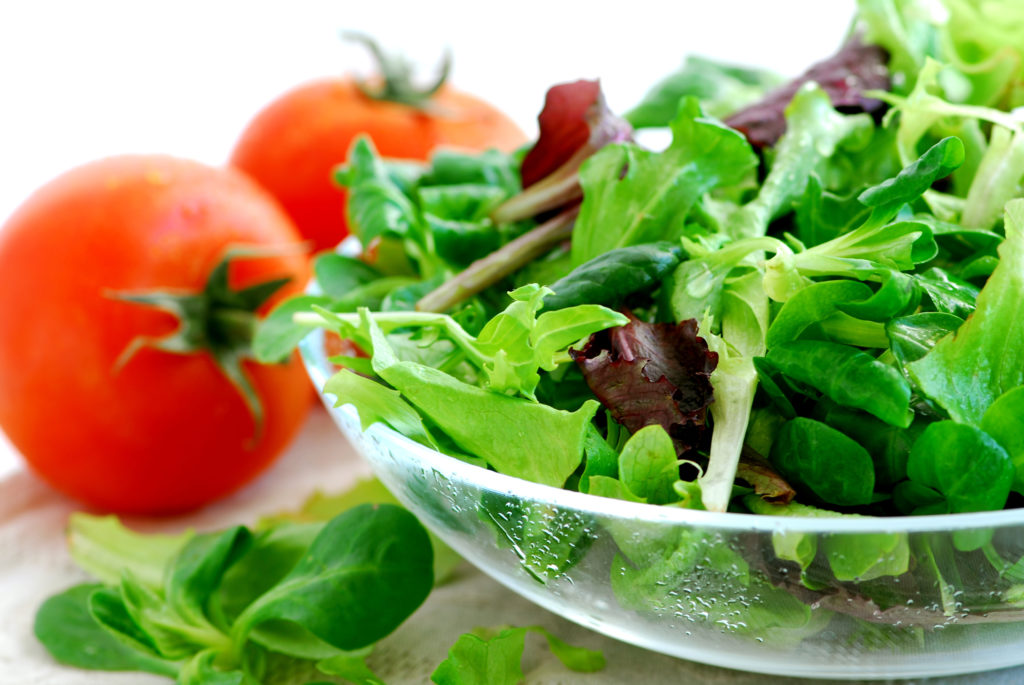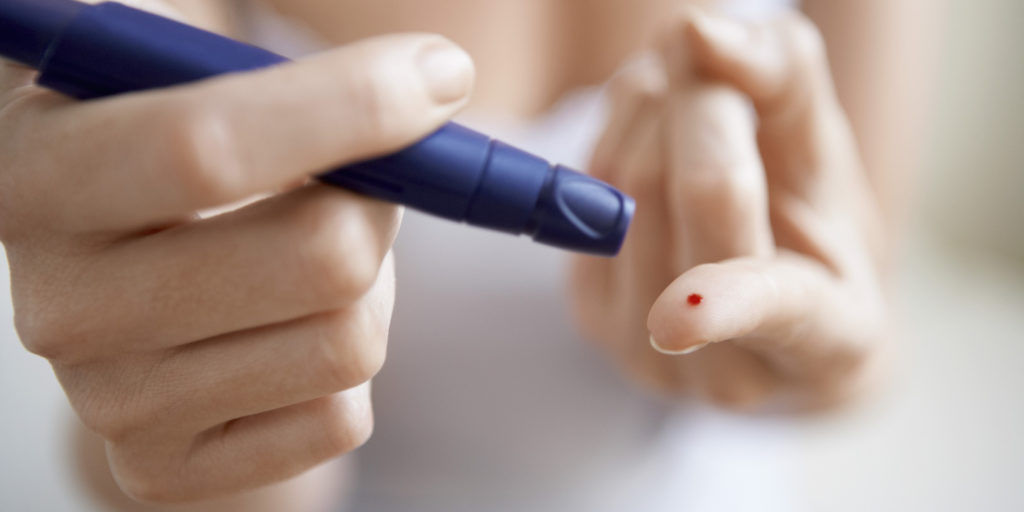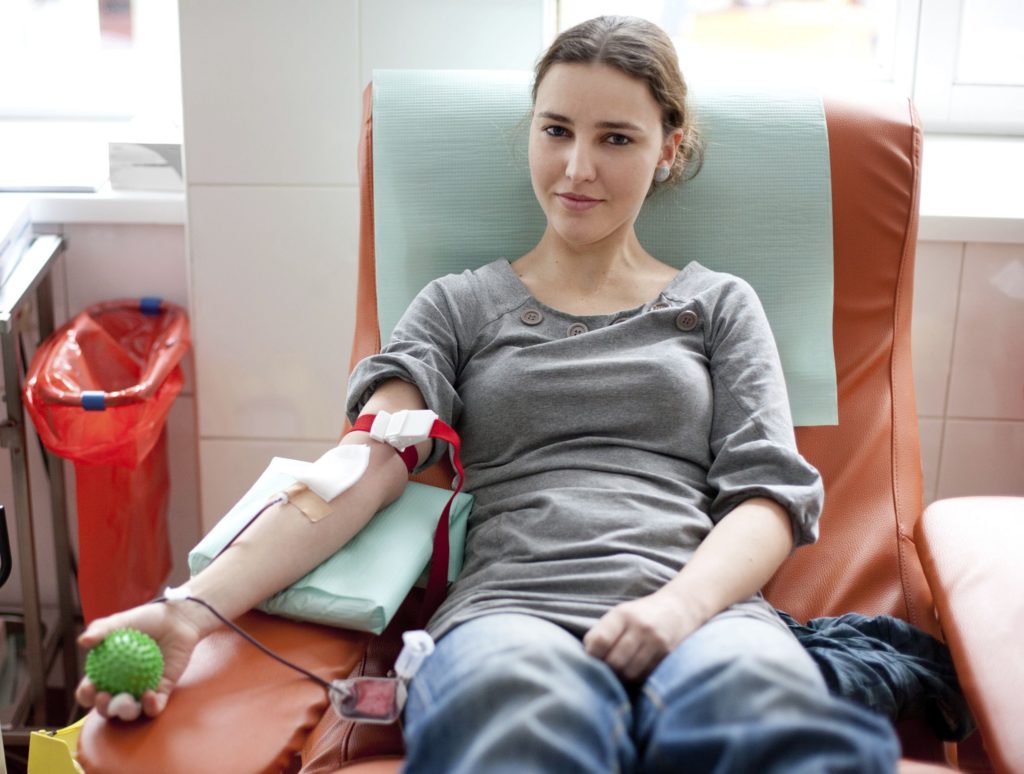Anemia Disease: There are several forms of anemia. All of them result in a lack of oxygenation of the organs. They mainly affect pregnant women and the elderly. Anemia is a relatively common health problem that is characterized by a lack of red blood cells. Red blood cells are cells found in the blood. They serve, among other things, to bring oxygen to the tissues and organs. People with anemia may feel tired and run out of breath more easily than usual because their heart has to work harder to supply their bodies with oxygen.
According to the World Health Organization, 25% of the world’s population suffers from anemia. Half of these cases are due to iron deficiency. Women who have abundant menstruation, preschoolers, and pregnant women are the most at risk of anemia.
The leading causes of anemia
- Poor fixation of oxygen in red blood cells causes anemia. An iron deficiency explains the classic form, which sometimes occurs during pregnancy or in the case of abundant menstruation.
- A deficiency of vitamin B12 or B9 can also deform the red blood cells and cause anemia.
- Diseases such as sickle-cell anemia, AIDS, cancer (leukemia, for example), and all gastrointestinal disorders can also trigger anemia.

Symptoms to be monitored
The pale complexion and unusual permanent fatigue should alert you, especially in the case of repeated dizziness and irregular heartbeat, too intense to strain. Here are other symptoms of anemia that you should pay close attention to:
- Pallor or grayish complexion
- Fatigue, depression, loss of energy
- Palpitations and shortness of breath at the slightest effort
- Dizziness (especially rising)
- Drowsiness
- Headache

Everyday Reflexes
- Many medications decrease or prevent the absorption of iron, so do not take an iron supplement without prior medical advice. Do not forget to tell your doctor about all the medicines and supplements you are taking.
- Eat foods rich in iron: seafood, black pudding, liver, red meat, poultry, fish, tofu, soybeans, beans, lentils, flat parsley, green leafy vegetables, nuts, dried fruit.

Anemia Disease: People at Risk
- Women with abundant menstruation
- Pregnant or nursing women, because they are at higher risk of nutritional deficiencies
- People whose heredity predisposes them to anemia
- People with chronic disease, autoimmune disease, or gastrointestinal disorder (which can cause bleeding or interfere with nutrient uptake)
- The elderly, because the absorption of vitamins can be compromised
- People exposed to nuclear radiation or who have received radiation therapy for cancer
- People with severe viral infections, such as hepatitis or human immunodeficiency virus (HIV).

Anemia Disease: Risk factors
Anemia could occur when a diet is deficient in iron, vitamin B9 (folic acid) or vitamin B12. Vegans are more at risk of lack of vitamin B12 and iron because they do not consume animal proteins.
- Alcoholism
- Consumption of certain drugs, for example, nonsteroidal anti-inflammatory drugs (NSAIDs) and anticoagulants may cause internal bleeding.
- Other medicines may interfere with the absorption or metabolism of folic acid. Examples include Dilantin®, an anticonvulsant, and methotrexate, an immunosuppressant. They can lead to folic acid deficiency anemia when taken for long. The risk is increased for people with low levels of folic acid.
- As this interaction is well known, people who need to take this type of medication also receive a prescription for folic acid supplements.
- Exposure to certain chemicals, including lead

Anemia Disease: Basic Preventive Measures
Most anemia, due to food deficiency, can be prevented by the following measures:
Have a diet that contains enough iron, vitamin B12, and folic acid. Particular attention should be given to pregnant or nursing mothers, those with heavy periods of menstruation, and those whose diet contains limited or no animal products. The body can make reserves of folic acid for 3 or 4 months, while vitamin B12 reserves can last from 4 years to 5 years. As for iron, a man of 70 kg has reserves for about four years, and a woman of 55 kg, for about six months.
- Main natural sources of iron: red meat, poultry, fish, and clams
- Natural sources of vitamin B12: products of animal origin and fish
- Main natural sources of folate (folic acid in its natural form): offal, dark green leafy vegetables (spinach, asparagus, etc.) and legumes
For a list of the best dietary sources of iron, vitamin B12, and folic acid, see our factsheets. For pregnant women to prevent spina bifida in the fetus, it is recommended to initiate folic acid (400 μg folic acid per day while eating) at least one month before conception and to continue during the first months of pregnancy.
Also, since the birth control pill depletes folic acid, any woman who decides to have a child should stop contraception at least six months before conception so that the fetus can benefit from a sufficient amount of folic acid during pregnancy. Early stages of its development.
Other preventive measures
If you are suffering from a chronic illness that can cause anemia, it is essential to have adequate medical follow-up and to undergo blood tests occasionally. Discuss it with your doctor. Besides, take all necessary precautions when handling toxic products.


